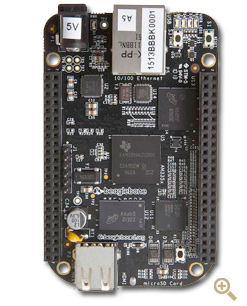Phoronix: The Binary Blobs Making Up Coreboot
While recently modern Intel hardware is negatively talked about the most when it comes to needing binary blobs / binary-only microcode to work with the open-source Coreboot, other hardware can be problematic too...
While recently modern Intel hardware is negatively talked about the most when it comes to needing binary blobs / binary-only microcode to work with the open-source Coreboot, other hardware can be problematic too...




Comment